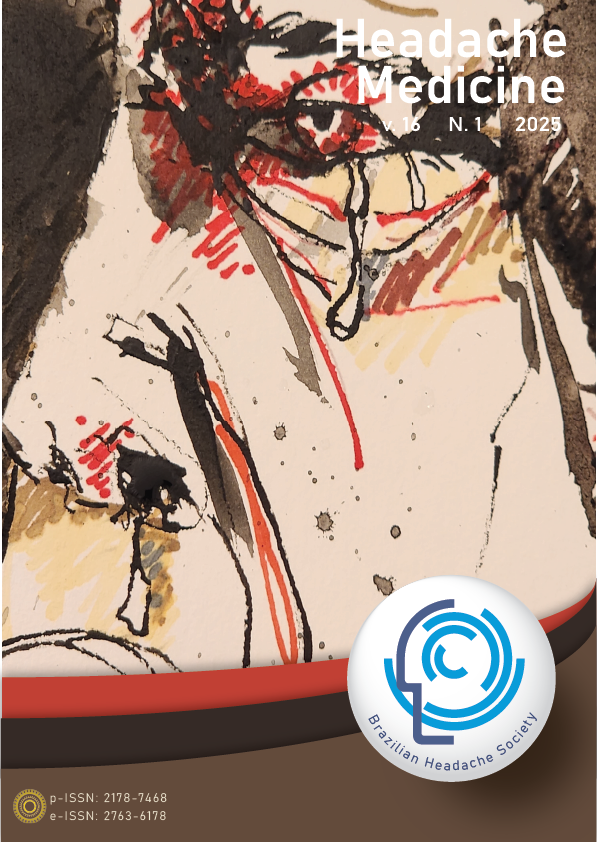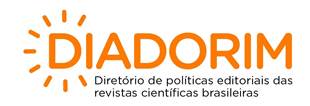Best time for the application of the "blood patch" technique for post-spinal anesthesia headache: a systematic review
Views: 485DOI:
https://doi.org/10.48208/HeadacheMed.2025.4Keywords:
Headache, Blood patch, Application, EfficacyAbstract
Introduction
With the puncture of the dura mater during spinal anesthesia, excessive cerebrospinal fluid (CSF) leakage can occur, leading to intracranial hypotension and, consequently, post-dural puncture headache. Currently, there are symptomatic supportive treatments, but they do not provide complete relief. The epidural blood patch has emerged as a treatment option with proven success, but there are still questions about the best timing for its use.
Objective
To identify the best timing for the application of the epidural blood patch.
Method
Systematic review of clinical trials and randomized clinical trials on PubMed from 2000 to 2023.
Results
The review of the articles covers various topics on the use of the blood patch, including its effectiveness, comparison with conservative treatment, volume applied, timing of application, duration of supine positioning due to pain incapacity, and needle size. However, data regarding the timing of application were not extensively highlighted.
Conclusion
It was not possible to accurately determine the best timing for the application of the technique due to the lack of data, but its effectiveness is well-known, requiring further studies to better prescribe this treatment.
Downloads
References
Olawin AM, Das JM. Spinal Anesthesia. 2025.
Fournet-Fayard A, Malinovsky J-M. Céphalées post-brèches méningées et blood-patch : aspects théoriques et pratiques. Ann Fr Anesth Reanim 2013;32:325–38. Doi:10.1016/j.annfar.2013.02.014.
Turnbull DK, Shepherd DB. Post-dural puncture headache: pathogenesis, prevention and treatment. Br J Anaesth 2003;91:718–29. Doi:10.1093/bja/aeg231.
van Kooten F, Oedit R, Bakker SLM, Dippel DWJ. Epidural blood patch in post dural puncture headache: a randomised, observer-blind, controlled clinical trial. J Neurol Neurosurg Psychiatry 2008;79:553–8. Doi:10.1136/jnnp.2007.122879.
Paech MJ, Doherty DA, Christmas T, Wong CA. The Volume of Blood for Epidural Blood Patch in Obstetrics. Anesth Analg 2011;113:126–33. Doi:10.1213/ANE.0b013e318218204d.
Safa-Tisseront V, Thormann F, Malassiné P, Henry M, Riou B, Coriat P, et al. Effectiveness of Epidural Blood Patch in the Management of Post–Dural Puncture Headache. Anesthesiology 2001;95:334–9. Doi:10.1097/00000542-200108000-00012.
Vilming S, Kloster R, Sandvik L. When Should an Epidural Blood Patch be Performed in Postlumbar Puncture Headache? A Theoretical Approach Based on a Cohort of 79 Patients. Cephalalgia 2005;25:523–7. Doi:10.1111/j.1468-2982.2005.00911.x.
Hachimi MA, Elkartouti A, Rafik R, Jaafari A, Hannafi M, Mahmoudi A. Le blood-patch : un remède d’efficacité immédiate pour les céphalées secondaires aux brèches dure-mériennes. Ann Fr Anesth Reanim 2009;28:748–50. Doi:10.1016/j.annfar.2009.07.070.
Downloads
Published
How to Cite
Issue
Section
License
Copyright (c) 2025 Ana Letícia Borghetti, Alan Christmann Fröhlich (Author)

This work is licensed under a Creative Commons Attribution 4.0 International License.












